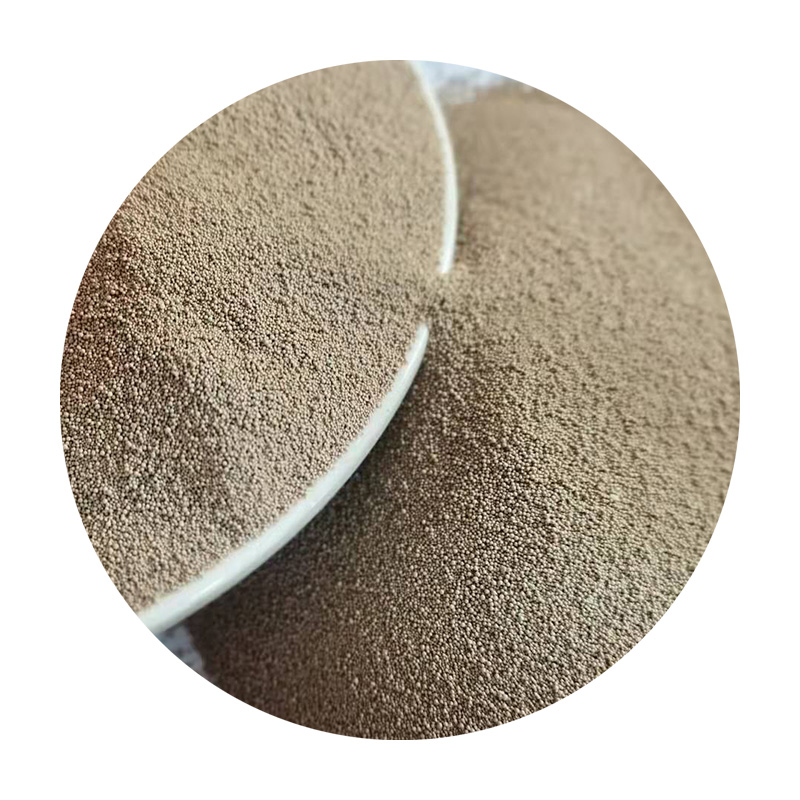Understanding Sand Casting Definition and Process
Sand casting is a widely utilized metal casting process that uses sand as the primary mold material. It is one of the oldest methods of casting and has been instrumental in manufacturing various metal products across diverse industries. This article provides an in-depth understanding of sand casting, including its definition, process, advantages, and applications in modern manufacturing.
At its core, sand casting involves creating a mold from a mixture of sand and a binding agent, which is then filled with molten metal to form a desired object. The sand is typically made from silica, which provides the necessary permeability, strength, and thermal stability required for effective metal pouring. The flexibility of sand allows for easy shaping and alteration of the mold, making it a preferred choice for many manufacturers.
The Sand Casting Process
The sand casting process can be broken down into several key stages. First, a pattern of the desired object is created—usually from metal, plastic, or wood. This pattern serves as a replica of the final product. The pattern is then placed in a mold box where sand is packed around it, creating a mold cavity. The sand is often treated with a binder like clay, which helps to hold the sand grains together during and after the molding process.
Once the mold is formed, the pattern is removed, leaving a hollow cavity that mirrors the shape of the object to be produced. The mold is then assembled, with the two halves carefully joined together, often requiring the addition of core pieces if the design includes internal features. At this stage, any additional features, such as gates or risers, are also incorporated into the mold to facilitate the pouring of molten metal.
When the mold is ready, molten metal is poured into the cavity through the gate system. The choice of metal can vary, including aluminum, bronze, cast iron, and various alloys, each selected based on the desired properties of the finished product. After the metal has cooled and solidified, the mold is broken apart to retrieve the cast object. Finally, the cast piece undergoes various finishing processes to remove any imperfections and achieve the desired surface quality.
sand casting definition

Advantages of Sand Casting
Sand casting offers several advantages that make it a popular choice in manufacturing. One of the primary benefits is its versatility; it can accommodate a wide range of metals and complex geometries. Additionally, sand casting can produce both small and large parts in various weights and sizes. The process also allows for high production rates, making it cost-effective for both small runs and mass production.
Another significant advantage is the ability to create intricate designs. Because the sand can easily conform to different shapes, manufacturers can produce detailed and complex castings without the need for extensive machining. Furthermore, sand is abundantly available and relatively inexpensive compared to other mold materials, further enhancing its appeal.
Applications of Sand Casting
Sand casting is widely applied across different industries. It is essential in the automotive sector for producing engine blocks, transmission cases, and other critical components. The aerospace industry also relies on sand casting to manufacture parts that require precision and durability. Beyond transportation, sand castings are utilized in industries such as construction, marine, and art, showcasing its versatility and broader applicability.
In conclusion, sand casting remains an essential and effective method in metal casting, renowned for its simplicity, versatility, and cost-effectiveness. As technology continues to advance, the sand casting process is likely to evolve, incorporating innovations that enhance efficiency and precision. Its longstanding history and ongoing relevance underscore its importance in modern manufacturing.
Post time:12월 . 16, 2024 15:54
Next:Exploring the Benefits and Techniques of Lost Foam Casting in Metal Fabrication
